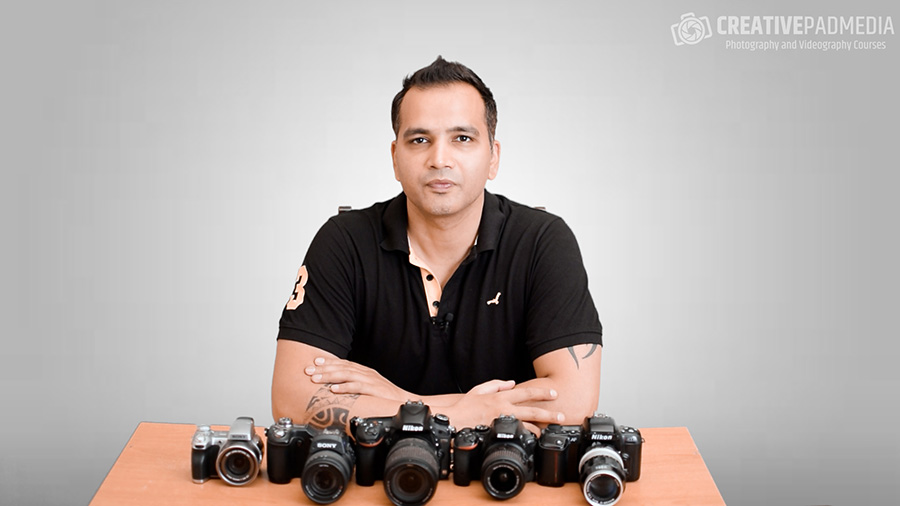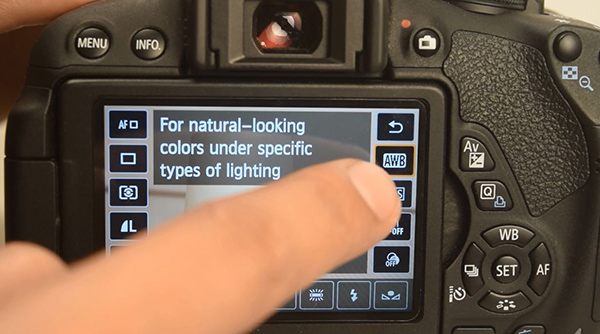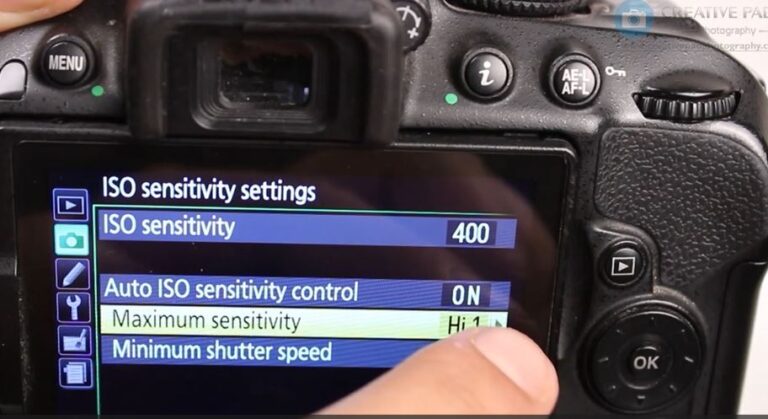Understanding the Reciprocal Rule to Know What Shutter Speed to Use
One of the very under-rated rules in photography is called the reciprocal rule. It’s a rule that gives an idea about the shutter speed that you have to use when taking hand-held camera shots.
We all know that one of the most important criteria in determining the shutter speed to be used is the degree of movement of the subject that we are shooting. If the subject is moving fast, then we need to use a higher shutter speed. Conversely, if we use a lower shutter speed, a moving subject would appear blurred.
But the factor that is commonly overlooked is our own movement when we take a shot. There is bound to be some amount of movement as it’s almost impossible to be flawlessly still during the act of taking a shot.
This little movement can also result in a blurry shot due to the shake if the shutter speed that we are using is very low.
So even if the subject is still, we have to keep the shutter speed high enough to negate the effect of our own movement.
But what is this minimum shutter speed?
This is where the reciprocal rule comes in.
The reciprocal rule states that the minimum shutter speed that we can use while taking hand-held shots is 1/the focal length that we are using for the shot.
So if you’re shooting a food item by holding the camera in your hand and the focal length of the lens is 35mm, the minimum shutter speed you should use is 1/35. If you go below and let’s say, use a shutter speed of 1/5, there is good chance the resulting shot might not be as sharp as you want due to the camera movement that took place when you took the shot.
You can go higher than 1/35 , but even that should be avoided. Because if you’re going very high, like 1/200 seconds, you’ll be compensating for the lost light due to a higher shutter speed by increasing the ISO, which will result in a noisy image.
So the reciprocal rule will give you an idea of the ideal shutter speed to use so as to avoid a blurry as well as a noisy image.
You don’t have to be too precise about the rule. But just use it as an approximation and as a means to avoid using an extremely faulty shutter speed.
It will require a little practice to notice the focal length every time you shoot and adjust the shutter speed accordingly, but with every shot, you’ll get more used to it.









The reciprocal rule can be applied only while photographing still objects,as you have ample time to physically check and adjust all parameters.
It is a bit difficult to do this while capturing moving objects due to lack of available time at that very moment.
And yes its only a thumb rule, but an important one.
Happy clicking….. Cheers